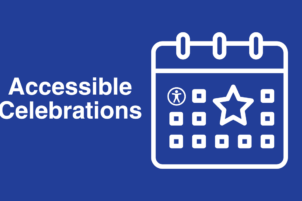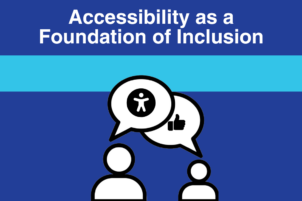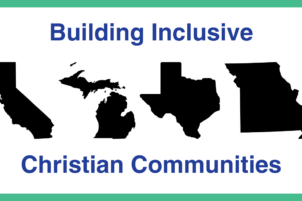 Welcoming disabled individuals into leadership brings fresh perspectives, challenges stereotypes, and deepens the sense of belonging for all. When leadership is truly inclusive, faith communities become more compassionate, equitable, and reflective of the diverse people they serve.
Welcoming disabled individuals into leadership brings fresh perspectives, challenges stereotypes, and deepens the sense of belonging for all. When leadership is truly inclusive, faith communities become more compassionate, equitable, and reflective of the diverse people they serve.
Varied Perspectives and Experiences
People with disabilities bring unique insights shaped by navigating a world not always designed for them. Their experiences often lead to innovative solutions that benefit entire communities. For example, Dr. James Marsters, a deaf orthodontist, co-developed the TTY (text telephone) system and made the first long-distance TTY call in 1964. This technology revolutionized communication for the deaf and hard of hearing, and inspired text messaging which is widely used today. Similarly, disabled faith leaders may help design more inclusive worship services, events, and outreach programs.
When disabled individuals lead, accessibility is considered from the start—whether through sign language interpretation, accessible prayer spaces, or sensory-friendly services. Their lived experience results in a more thoughtful approach to inclusion.
Breaking Down Stereotypes
Representation matters. When disabled people serve in leadership, they challenge misconceptions that disability limits potential. Faith traditions often emphasize the worth of every individual, yet disabled people are often overlooked for leadership roles simply because they approach tasks differently.
Having disabled leaders in faith communities normalizes inclusion and helps congregants understand accessibility as a fundamental part of community life. It encourages a culture where diversity is embraced, and accessibility is recognized as essential.
Fostering Belonging and Empowerment
A faith community should be a place where everyone belongs. Disabled leadership sends a clear message: all contributions matter. Representation at all levels of faith leadership inspires others with disabilities to pursue their callings in ministry, teaching, and service.
Inclusive leadership has been shown to enhance employee vigor and productivity, with teams led inclusively being 17% more likely to report high performance and 20% more likely to make superior decisions. These principles, when applied within faith communities, can lead to more effective ministry and a stronger sense of belonging among all members.
Making Leadership More Accessible
To support disabled leaders, remove barriers to participation. When selecting candidates, focus on whether they can fulfill the role’s responsibilities, not how they do so. Provide accommodations such as assistive technology, modified duties, or remote participation. Encourage mentorship programs that include disabled members of your faith community.
Faith communities flourish when leadership reflects their diversity. Welcoming disabled individuals into leadership moves us closer to the inclusive, just, and vibrant communities our faith traditions call on us to build.






